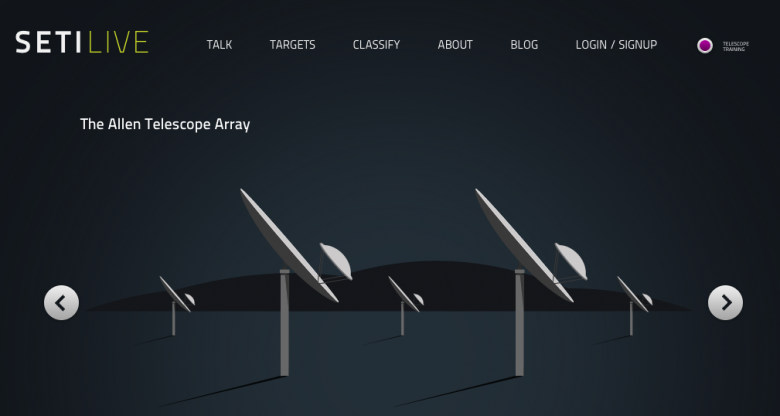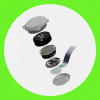Alien hunting goes crowd-sourced with SETILive

While the Search For Extra Terrestrial Life (SETI) may not be quite as flush as it used to be, its organizers are finding new and interesting ways to continue the search for life among the stars. Their latest initiative is SETILive, a crowd-sourced web application that lets anyone join the search of the nearby universe, no advanced degrees required. The SETILive website allows registered users to scan automatically-generated images based on radio frequency scans of sections of space that SETI believes are the likeliest to contain extraterrestrial life.
This isn’t just a worldwide digital field trip: SETI believes that under the right circumstances, the human eye may be a better tool than their massive computer arrays for analyzing this particular set of data. Considering that the scientists involved don’t actually know exactly what an alien radio signal might look like even if they found it, it seems like a valid enough tactic. A single user can’t sound the UFO alarm alone; if enough users report possible extraterrestrial activity on a single radio frequency image, SETI’s telescopic radio arrays will automatically re-scan the area and alert on-staff scientists to the crowdsourced findings.









































































